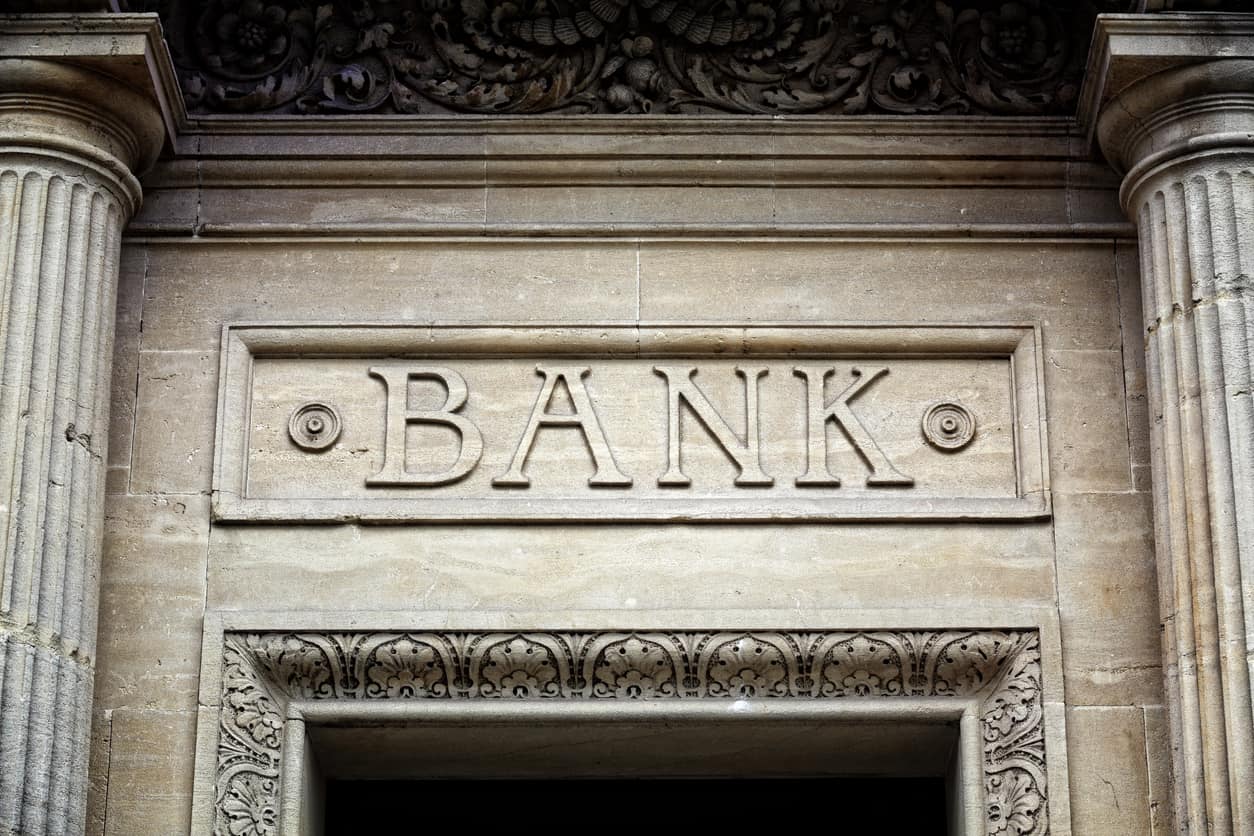
The Return of Economic Injury Disaster Loans: What This Means for Small Businesses
Disclaimer: This information was correct at the time of publication; however, new guidance from government agencies may be issued at any time, causing some or all of this information to change. Please visit our COVID-19 Business Strategy Hub for the latest news and ensure you are subscribed here to receive email alerts as they are released. We are working diligently to provide the most current information as it becomes available under our COVID-19 Actionable Insights For Businesses Series.
On June 15, 2020, the U.S. Small Business Administration (SBA) announced that it has reopened the Economic Injury Disaster Loan (EIDL) program to all qualified small businesses and U.S. agricultural businesses. The reopening comes after the SBA shut down its online application portal on April 15, 2020, after overwhelming demand and limitations in funding. It has been reported that the agency had received more than 5 million applications by the April 15, 2020, shutdown date. However, as a result of additional funding specific to the industry, the EIDL program did open its portal for applications by agricultural businesses in May.
Many small businesses turned to the EIDL program after facing trouble with the rocky rollout of the Coronavirus Aid, Relief, and Economic Security (CARES) Act’s Paycheck Protection Program (PPP). The EIDL program allows small businesses to apply for disaster loans that can be used to pay fixed debts, payroll, accounts payable and other bills that the company is not able to pay because of the impact of the COVID-19 pandemic. This includes items that are not already covered by the popular $649 billion PPP loan program, if applicable. In addition, the EIDL program includes an emergency advance, the Emergency EIDL Grant as referenced in the CARES Act, of up to $10,000 ($1,000 per employee), which does not require repayment even if the company is denied a loan.
EIDL Maximum Loan Amount
The disaster loans are offered at a 3.75% interest rate for businesses and a 2.75% interest rate for nonprofits, and terms go up to 30 years. The program’s maximum loan amount was originally set to $2 million dollars. However, before the agency initially closed the program application portal, they had reportedly lowered the total loan amount to $150,000. This reported decrease received backlash from business groups and lawmakers, and it remains unclear if the reopening of the program raises the loan amount back to the original $2 million or caps it at $150,000. Even if the funds are limited due to demand, we believe the EIDL program can provide an important lifeline to businesses impacted by the COVID-19 pandemic.
During this challenging time, understanding your options can give you peace of mind that your organization is prepared and that you can act accordingly when the need arises. Moore Colson can help you understand your cash flow needs by developing a multi-week cash flow projection, which will assist in identifying any operating cash flow shortfalls. After helping you understand your business’s cash flow needs, we can help you navigate the options available to cover any projected shortfalls, including applying for an EIDL.
To learn more, visit the COVID-19 Business Services section of our website or contact us. Also, be sure to subscribe here to get our news and alerts as they are released as we are committed to keeping you updated on how to navigate financial challenges associated with the COVID-19 pandemic.

Tyler Wright, CPA/ABV/CFF, CFE, is a Director in the firm’s Consulting Practice. Drawing on 15 years of experience as an external auditor, internal auditor, and forensic accountant, Tyler provides accounting and financial advice in forensic investigations and commercial disputes.
